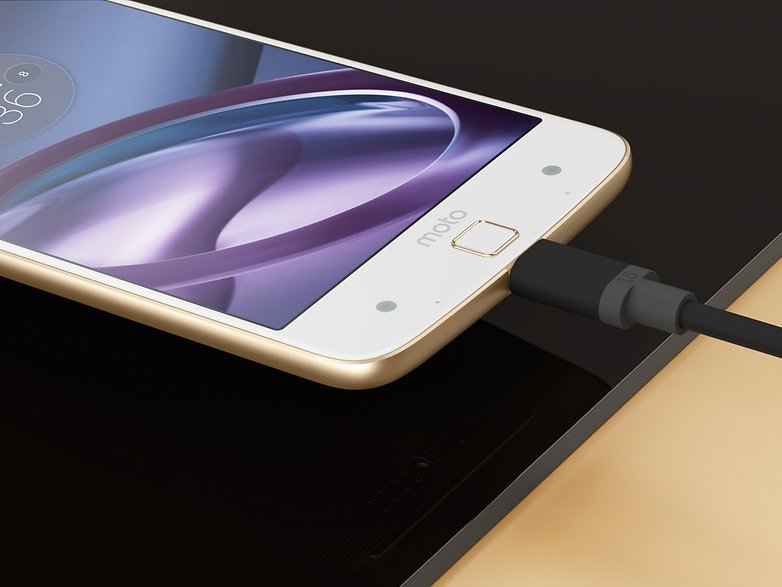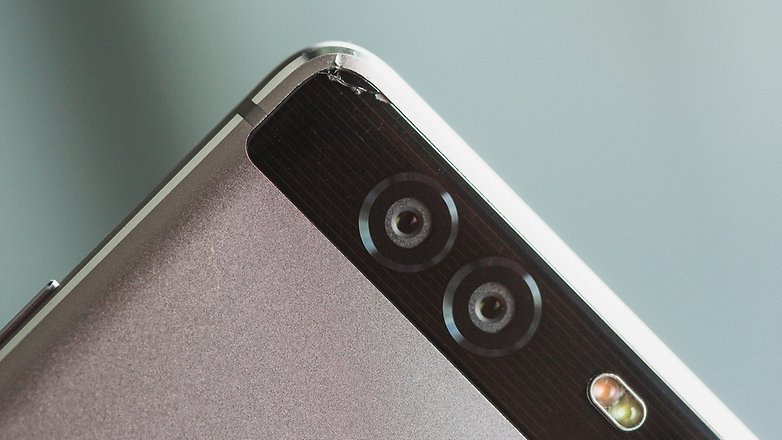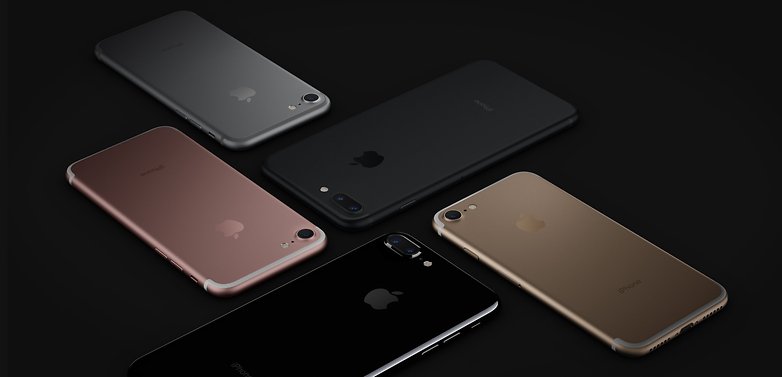No More Headphone Jack: Apple’s Bet Could Fall Short
Phil Schiller said “courage” was the main reason Apple decided to do away with the headphone jack. He also provided one or two technical reasons, of course. The advantage of digital transmission in smartphones is that more space is left open for other components. Digital sound transmission therefore also prevents any loss of quality due to the connection of phone and headphones. The electronics in the headphones are clearly important; the transformation of digital sound into analog signals happens inside the headphones.
Some early Android smartphones already got rid of the headphone jack; the Moto Z was the first. Taking a quick peek at the comments on our articles will show that this change was barely debated.
Peace out Plug: Lenovo Eliminates the Headphone Jack on the Moto Z model
We can hypothesize, though, that Apple will succeed due to its popularity. Firstly, Apple is peddling Lightning EarPods as well as an adapter, both of which can be plugged into a car adapter when on the go. Secondly, Apple has already established a significant accessories market for itself, which indicates to us that these new gadgets will be widely available in a number of different price ranges.
It’s becoming more difficult for Android makers to declare battle on the 3.5 mm plug; USB-C is the new magic word. This piece supports audio transmission technically, but a clearly defined accessories market doesn’t yet exist. Now we have to wait and see if the bet of abolishing the headphone jack will pay off. Lenovo entered the wager even earlier than Apple with its own Moto Z, in order to save on space. Lenovo has, however, already backpedaled a bit with the Moto Z Play function. A competition among brands will show which smartphones will keep the headphone jack as an attractive feature. What customers need to know, is that there will be three interfaces for headphones instead of just one. Interesting decision, Apple, to claim this innovation as your own.

As an aptX-fanatic, I had to smile at the idea of a “wireless sound connection.” Apple thinks it can perfect wireless audio? It really shouldn’t be that difficult for the technicians to optimize the audio transmission; no, the more difficult problem was likely the connectivity protocol. aptX usually employs Bluetooth, although this connection is not exactly reliable. Apple isn’t saying which method of transmission it’s using. Most likely, it’s Bluetooth or Wi-Fi Direct protocol, considering AirPods work not only with iPhones and iPads, but also with Macs. The product will be officially released in October and will cost around 179 euros. The release of the AirPods seems to suggest that Apple takes products that are already on the market and perfects them for their own brand. That’s why the Apple AirPods seem to have missed the mark on a style-level.
HTC, as well as a few other manufacturers, have already produced stereo speakers. This feature has something of an up and down relationship with consumers. I myself don’t particularly enjoy the stereo effect. The loud and better-balanced sound and tone on these smartphones have more of an impact on my listening experience.
LG and Huawei Already Have Two Cameras
The camera on the iPhone 7 Plus is in fact two. We’ve already seen this feature, though, from LG and Huawei. The LG G5 has not only a standard camera but also a wide angle came with a higher-resolution sensor. The wide-angle photos shouldn’t be overlooked, but the more impressive feature is the zoom. Similarly, Huawei’s version has a special contrast sensor that helps the camera take better pictures better in low-light.
The dual-camera setup supposedly means the iPhone will have optimized zoom. As if that’s not enough, Apple has also created a third version of this dual-camera setup. The second camera (in Apple jargon tele-photo) has a different focal length and therefore an even more optimal zoom. And Apple hasn’t forgotten about those who want even more than 2x the zoom: digitally, of course, but with a natural tele-photo zoom advantage. Those who have experience with zoom on most digital cameras know that the clarity of these photos isn’t always premium. We’ll now need to test out these new cameras to see for ourselves if Apple really did develop a smartphone camera with real zoom function. I personally am rather optimistic that the results will deliver.

Google and Apple do have something in common: they both frown upon MicroSD cards. Android only moderately supports SD cards, whereas iOS doesn’t at all. So let’s turn our attention to internet storage. Apple has updated its pitiful 16 GB model to include more storage space. This is still a concern with older iPhones that Apple continues to sell. Photos and music take up an enormous amount of space and the apps are getting bigger with every generation. Instead of offering 32 GB of storage, Apple has now decided to step it up to a 64 GB option. iPhones now even come in 128 GB and 256 GB models.
LG and Samsung also outfitted their top smartphones with 64 GB of internal storage in the second half of 2016. At IFA, we even found a few mid-range options with 32 GB. Clearly, we are trending towards more storage. Apple is acting as a model and providing the market with an even more suped-up version. Nonetheless, eliminating the 64 GB version means buyers will likely tend towards the pricier 128 GB option.
Processor: Apple’s A10 Fusion is a Sensible Development
As an Android user, I’ve always been a bit jealous about the performance of iPhones. One thing is for certain, Apple’s Ax Chips are extremely fast and far ahead of the competition from Qualcomm & Co. Apple structures its chips around every day performance, which is largely based on single-core performance. A lot of kernels now need to step up the competition and deliver a better product. For comparison, Samsung’s Exynos 8890 has eight kernels, and the Snapdragon has four. iPhones with the Apple-Ax chip have had two up until now.

Now Apple is introducing a four kernel system. Employing the BIG-little principal, their phones will feature two fast and two energy-saving kernels. Of course, Apple has to give everything its own name, so these kernels will be named differently. A specialized Apple controller will be used to regulate the efficiency of the kernels, too.
What’s important to note here, though, is that Apple has crossed a line with these chips. Fast CPUs are great, but use a lot of energy. The BIG-little principal is in place to ensure that everyday use requires less maintenance and support.
Innovative? Old news? I would say, Apple just expanded on an idea they already had with their mobile CPUs.
TL;DR: Little innovation, but a nice package
Android users will definitely recognize a lot of the features announced in Apple’s most recent unveiling. But, what Android users don’t have is one phone that encapsulates all of what Apple has put into theirs. Apple definitely solved the problem of the dual-camera setup better than Huawei and LG, which ups the costliness of their product.
Before the announcement, a lot of fans had written off this year’s iPhone as a bit boring––no new design, no new features, no new nothing. Even I went through periods of believing this. Apple admittedly didn’t wow us with any new functions, but it did build upon its solid brand foundation. And Apple once again did what Apple does best: improves the existing to function seamlessly within their own platform.
No comments:
Post a Comment